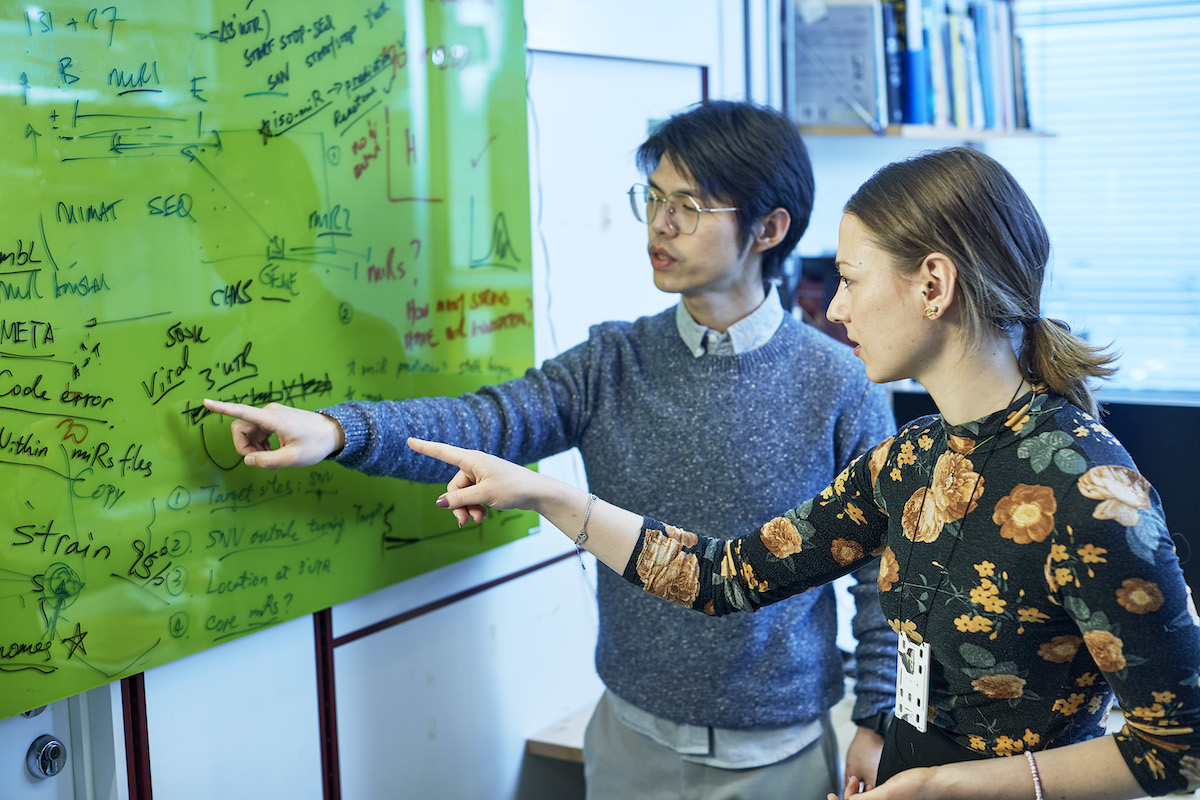System Evolution

Group leader
The primary research focus of the group is understanding how systems evolve in response to external influences. Thus, rather than developing tools to analyze biological data, we are developing software to understand biological function.
The most obvious example of evolution in a biological system is when a pathogen, such as a coronavirus, mutates to evade a vaccine. However, such evolutionary mechanisms are present in other systems too. For example, there is clear evidence the human genome has evolved in response to environment, with specific populations showing distinct genetic traits associated with geographical location. A third example is how scientific publications are influenced by measures such as Impact Factor. For example, researchers can publish research that will be rated higher if they focus on viruses such as HIV or influenza, rather than neglected pathogens which tend to be published in lower impact factor journals. We are investigating each of these systems by developing a suite of software tools and algorithms and defining metrics to identify and quantify changes.
However, as a research group within the Department of Medical Genetics, our primary research focus is the study of the evolution of human genome. Unlike other groups in the department which study coding regions, we are focusing on the non-coding regions of the genome and investigating how genetic and epigenetic changes impact regulatory control. One of our specific interests is the regulatory role of microRNAs (miRNAs). These are short RNA segments that regulate gene expression by binding to the 3’UTR of their gene targets. However, rather than performing standard miRNA studies which identify single miRNAs associated with a specific condition (such as cancer), we are interested in the role of miRNAs in providing stability in biological systems.
While we use publicly available data in this work, this doesn’t always meet our needs and we also carry out our own experimental studies. This includes standard experiments such as Next Generation Sequence to profile miRNA and mRNA expression and their associated regulatory networks, but also more advanced technologies such as Single Cell Spatial Sequencing. For example, we have been using the technique to characterize brain organoids to profile the impact of Human Cytomegaloviruses infection of brain development in newborns.
We are also a member group of the Hybrid Technology Hub Centre of Excellence at the University of Oslo, where we apply our software tools to study organoids at the genetic level to identify differences with human organs. For example, liver organoids have been developed that exhibit core structural features and express key genes, but their regulatory profiles have not been characterized. Similarly, Single Cell sequencing yields deeper characterization of organoids to help understand how well they approximate living systems.
The final area of interest for the group is in data standardization and integration. The Findable, Accessible, Interoperable and Reusable (FAIR) principles provide a framework to define the basic elements required to support effective data management but implementing the FAIR principles remains a challenge. We have developed the Globally Accessible Distributed Data Sharing (GADDS) platform to facilitate FAIR like data sharing in cross-disciplinary research collaborations. The platform consists of (i) a blockchain based metadata quality control system, (ii) a private cloud-like storage system and (iii) a version control system. GADDS uses containerized technologies, providing minimal hardware standards and easing scalability, and offers decentralized trust via transparency of metadata, facilitating data exchange and collaboration.
Link: the Non-Coding RNA Group home page








